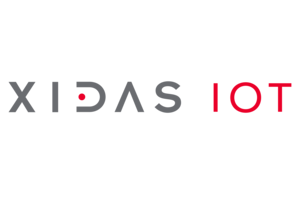Xidas introduces plug & play, universal energy harvesting, and power management module for IoT devices

The EHM-UNIV from Xidas is a small surface mount energy harvesting and power management module that eliminates the need for engineers to purchase energy harvesting evaluation modules, and determine how to engineer power management ICs into their application.
Xidas has spent over two years working in partnership with the US National Science Foundation (NSF) to address and develop a commercial solution to resolve the number one problem inhibiting exponential growth of wireless IoT devices replacing batteries.
With a key focus on practical energy harvesting solutions, the company has introduced a small surface mount module that simply allows an IoT device developer to connect their energy harvesting generator into the device and their supercapacitor/battery to the output no engineering required.
“There are multiple power management ICs for energy harvesting from great companies, but they all require significant external power engineering to determine how to condition the energy harvesting generator input, protect the IC and then manage and protect the outputs, either directly or via a supercapacitor or rechargeable battery.
At Xidas, we have done the engineering, packaged it in a small SIP module,” commented David Ambrose, director of engineering. “We feel it should be as simple as selecting your solar, thermal, electromechanical vibration or piezoelectric generators, plugging them into an energy harvesting module and hooking it up to the output.”
The EHM-UNIV comes equipped with built-in rectification circuitry, so users can simply choose whether to connect an AC or DC energy harvesting source; active overvoltage protection for the energy harvesting circuitry; a tunable regulated output or unregulated system output conditioned for powering virtually all wireless IoT sensors. The EHM-UNIV also has a wide operating temperature range from -40°C to +85°C, and significant power monitoring for IoT battery feedback.
Comment on this article below or via Twitter @IoTGN
